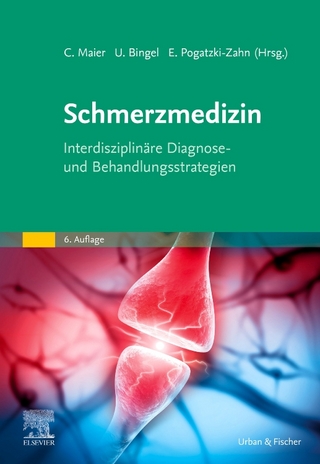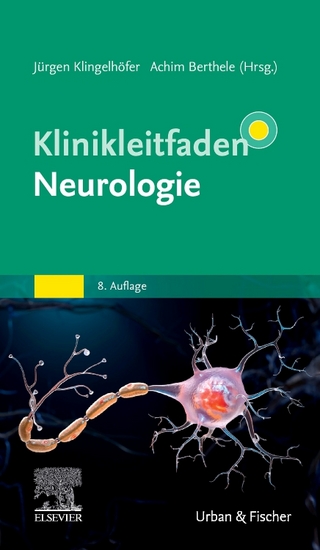
Mental Disorders and Disabilities Among Low-Income Children
National Academies Press (Verlag)
978-0-309-37685-3 (ISBN)
At the request of the Social Security Administration, Mental Disorders and Disability Among Low-Income Children compares national trends in the number of children with mental disorders with the trends in the number of children receiving benefits from the SSI program, and describes the possible factors that may contribute to any differences between the two groups. This report provides an overview of the current status of the diagnosis and treatment of mental disorders, and the levels of impairment in the U.S. population under age 18. The report focuses on 6 mental disorders, chosen due to their prevalence and the severity of disability attributed to those disorders within the SSI disability program: attention-deficit/hyperactivity disorder, oppositional defiant disorder/conduct disorder, autism spectrum disorder, intellectual disability, learning disabilities, and mood disorders. While this report is not a comprehensive discussion of these disorders, Mental Disorders and Disability Among Low-Income Children provides the best currently available information regarding demographics, diagnosis, treatment, and expectations for the disorder time course - both the natural course and under treatment.
Table of Contents
Front Matter
Summary
Part I: Background and Context of the Supplemental Security Income Disability Benefit Program for Children
1 Introduction
2 The SSI Program for Children
3 National-Level Trends in the SSI Program for Children with Mental Disorders, 20042013
4 State Variation in the SSI Program for Children
5 Poverty and Childhood Disability
Part II: Clinical Characteristics of Selected Mental Disorders
6 Clinical Characteristics of Attention Deficit Hyperactivity Disorder
7 Clinical Characteristics of Oppositional Defiant Disorder and Conduct Disorder
8 Clinical Characteristics of Autism Spectrum Disorder
9 Clinical Characteristics of Intellectual Disabilities
10 Clinical Characteristics of Learning Disabilities
11 Clinical Characteristics of Mood Disorders
Part III: Prevalence of Selected Mental Disorders
12 Prevalence of Attention Deficit Hyperactivity Disorder
13 Prevalence of Oppositional Defiant Disorder and Conduct Disorder
14 Prevalence of Autism Spectrum Disorder
15 Prevalence of Intellectual Disabilities
16 Prevalence of Learning Disabilities
17 Prevalence of Mood Disorders
Part IV: Medicaid Analytic eXtract Study
18 Medicaid Analytic eXtract Study
Appendixes
Appendix A: Deeming Eligibility Chart for Children
Appendix B: SSA Childhood Mental Disorders Listing of Impairments
Appendix C: The Listing of Impairments - Overview
Appendix D: Surveys and Surveillance Systems That Collect Data on Mental Disorders Among Children
Appendix E: Initial Allowance, Initial Determination, Allowance Rate, and Recipient Data for 10 Major Mental Disorders
Appendix F: Medicaid Analytic eXtract Methods
Appendix G: Medicaid Analytic eXtract Results
Appendix H: Committee and Consultant Biographies
1 Front Matter; 2 Summary; 3 Part I: Background and Context of the Supplemental Security Income Disability Benefit Program for Children; 4 1 Introduction; 5 2 The SSI Program for Children; 6 3 National-Level Trends in the SSI Program for Children with Mental Disorders, 20042013; 7 4 State Variation in the SSI Program for Children; 8 5 Poverty and Childhood Disability; 9 Part II: Clinical Characteristics of Selected Mental Disorders; 10 6 Clinical Characteristics of Attention Deficit Hyperactivity Disorder; 11 7 Clinical Characteristics of Oppositional Defiant Disorder and Conduct Disorder; 12 8 Clinical Characteristics of Autism Spectrum Disorder; 13 9 Clinical Characteristics of Intellectual Disabilities; 14 10 Clinical Characteristics of Learning Disabilities; 15 11 Clinical Characteristics of Mood Disorders; 16 Part III: Prevalence of Selected Mental Disorders; 17 12 Prevalence of Attention Deficit Hyperactivity Disorder; 18 13 Prevalence of Oppositional Defiant Disorder and Conduct Disorder; 19 14 Prevalence of Autism Spectrum Disorder; 20 15 Prevalence of Intellectual Disabilities; 21 16 Prevalence of Learning Disabilities; 22 17 Prevalence of Mood Disorders; 23 Part IV: Medicaid Analytic eXtract Study; 24 18 Medicaid Analytic eXtract Study; 25 Appendixes; 26 Appendix A: Deeming Eligibility Chart for Children; 27 Appendix B: SSA Childhood Mental Disorders Listing of Impairments; 28 Appendix C: The Listing of Impairments - Overview; 29 Appendix D: Surveys and Surveillance Systems That Collect Data on Mental Disorders Among Children; 30 Appendix E: Initial Allowance, Initial Determination, Allowance Rate, and Recipient Data for 10 Major Mental Disorders; 31 Appendix F: Medicaid Analytic eXtract Methods; 32 Appendix G: Medicaid Analytic eXtract Results; 33 Appendix H: Committee and Consultant Biographies
| Erscheinungsdatum | 11.02.2016 |
|---|---|
| Verlagsort | Washington |
| Sprache | englisch |
| Maße | 152 x 229 mm |
| Themenwelt | Medizin / Pharmazie ► Gesundheitswesen |
| Medizin / Pharmazie ► Medizinische Fachgebiete ► Neurologie | |
| Medizin / Pharmazie ► Medizinische Fachgebiete ► Pädiatrie | |
| ISBN-10 | 0-309-37685-8 / 0309376858 |
| ISBN-13 | 978-0-309-37685-3 / 9780309376853 |
| Zustand | Neuware |
| Haben Sie eine Frage zum Produkt? |
aus dem Bereich


